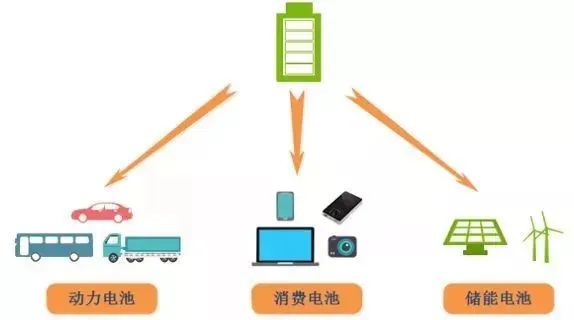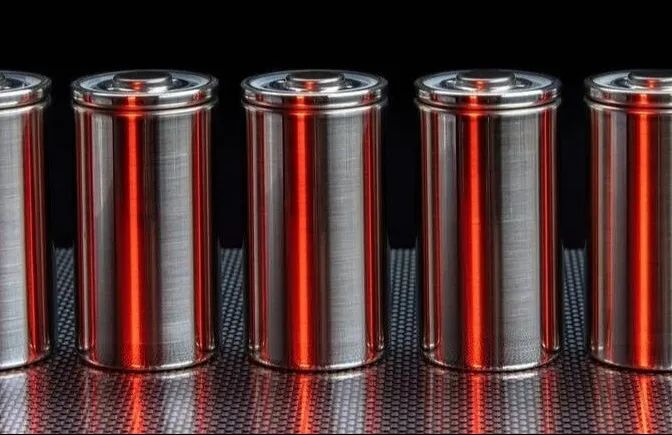The origin and development of lithium-ion batteries
Aug,02,24
Lithium batteries are a new type of high-energy battery developed successfully in the 20th century,
which can be understood as batteries containing lithium elements (including metallic lithium, lithium alloys, lithium ions, lithium polymers).
They can be divided into lithium metal batteries (rarely produced and used) and lithium-ion batteries (widely used today).
Due to its advantages such as high specific energy, high battery voltage, wide operating temperature range, and long storage life,
it has been widely used in military and civilian small appliances, such as mobile phones, portable computers, cameras, etc., partially replacing traditional batteries.

1. The origin and development of lithium-ion batteries
ExxonMobil's M. in the 1970s S. Whittingham used titanium sulfide as the positive electrode material and lithium metal as the negative electrode material to create the first lithium battery.
In 1980, J. Goodenough discovered that lithium cobalt oxide could be used as a positive electrode material for lithium-ion batteries.
In 1982, R. from the Illinois Institute of Technology R. Agarwal and J R.
Selman discovered that lithium ions have the property of embedding into graphite, which is a rapid and reversible process.
At the same time, the safety hazards of lithium batteries made of metallic lithium have attracted much attention,
so people are trying to use the characteristic of lithium ions embedded in graphite to make rechargeable batteries.
The first available lithium-ion graphite electrode was successfully developed by Bell Laboratories.
In 1983, M Thackeray, J. Goodenough, and others discovered that manganese spinel is an excellent positive electrode material with low cost, stability,
and excellent conductivity and lithium conductivity. Its decomposition temperature is high and its oxidizing property is much lower than that of lithium cobalt oxide.
Even in the event of short circuit or overcharging, it can avoid the danger of combustion and explosion.
In 1989, A. Manthiram and J Goodenough found that using a positive electrode with polymeric anions will generate higher voltage.
In 1991, Sony Corporation released the first commercial lithium-ion battery. Subsequently, lithium-ion batteries revolutionized the face of consumer electronics products.
In 1996, Padhi and Goodenough discovered phosphate salts with olivine structure, such as lithium iron phosphate (LiFePO4),
which were superior to traditional positive electrode materials and have therefore become the mainstream positive electrode material.

Lithium ion batteries are developed from lithium batteries.
So before introducing Li ion, let's first introduce lithium batteries. For example, button type batteries belong to lithium batteries.
The positive electrode material of lithium batteries is manganese dioxide or thionyl chloride, and the negative electrode is lithium.
After the battery assembly is completed, the battery will have voltage and does not need to be charged.
This type of battery can also be charged, but its cycling performance is poor. During the charging and discharging cycles, lithium dendrites are easily formed, causing internal short circuits in the battery.
Therefore, in general, this type of battery is prohibited from charging.
Later, Sony Corporation of Japan invented a lithium battery with carbon material as the negative electrode and lithium containing compounds as the positive electrode.
During the charging and discharging process, there is no metallic lithium present, only lithium ions, which is known as lithium-ion batteries.
In the early 1990s, Japan's Sony Energy Development Company and Canada's Moli Energy Company successfully developed new types of lithium-ion batteries,
which not only have good performance but also do not pollute the environment.
With the rapid development of information technology, handheld machinery, and electric vehicles, the demand for high-performance power sources has grown sharply,
and lithium batteries have become one of the fastest-growing fields at present.






